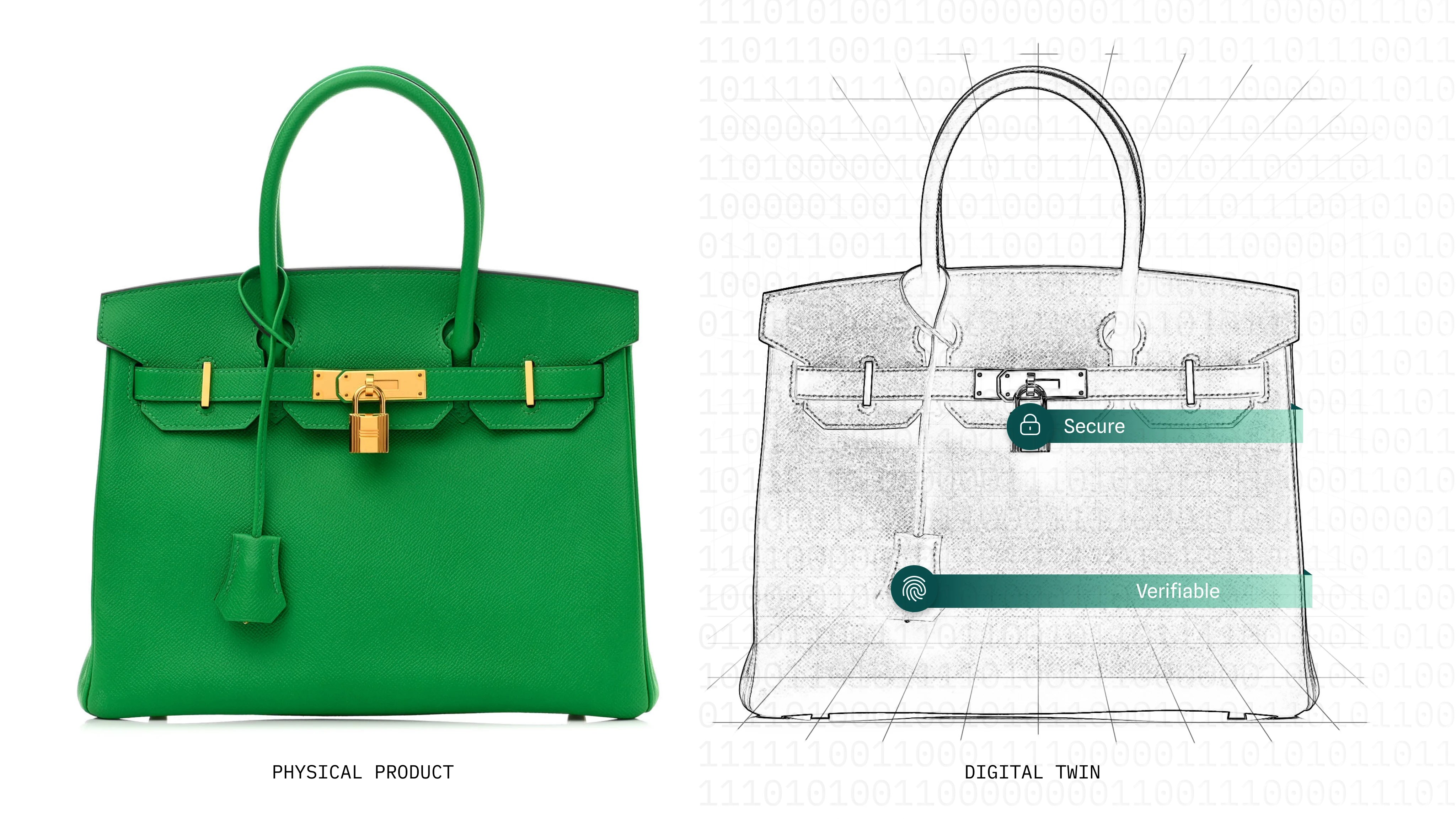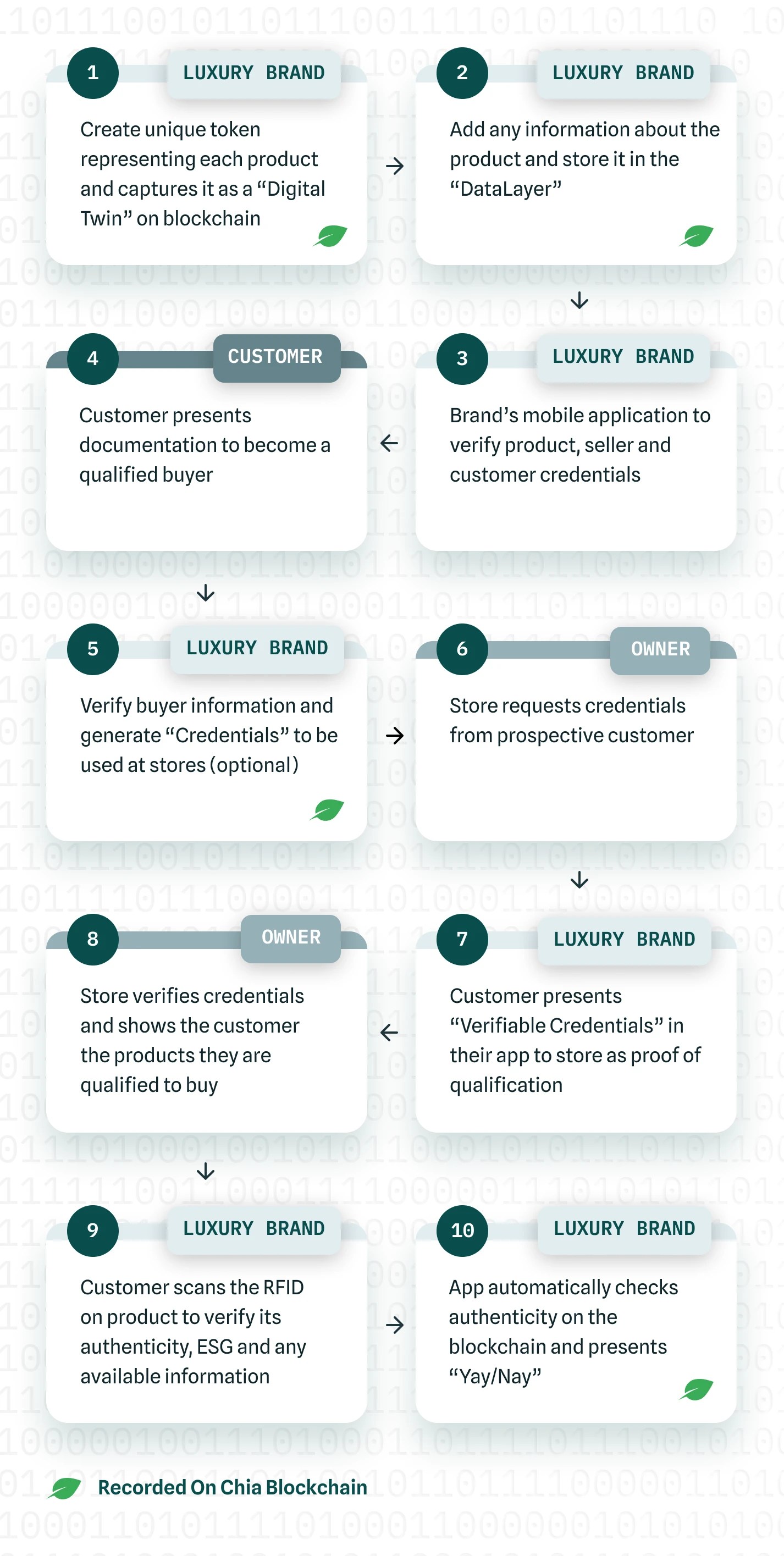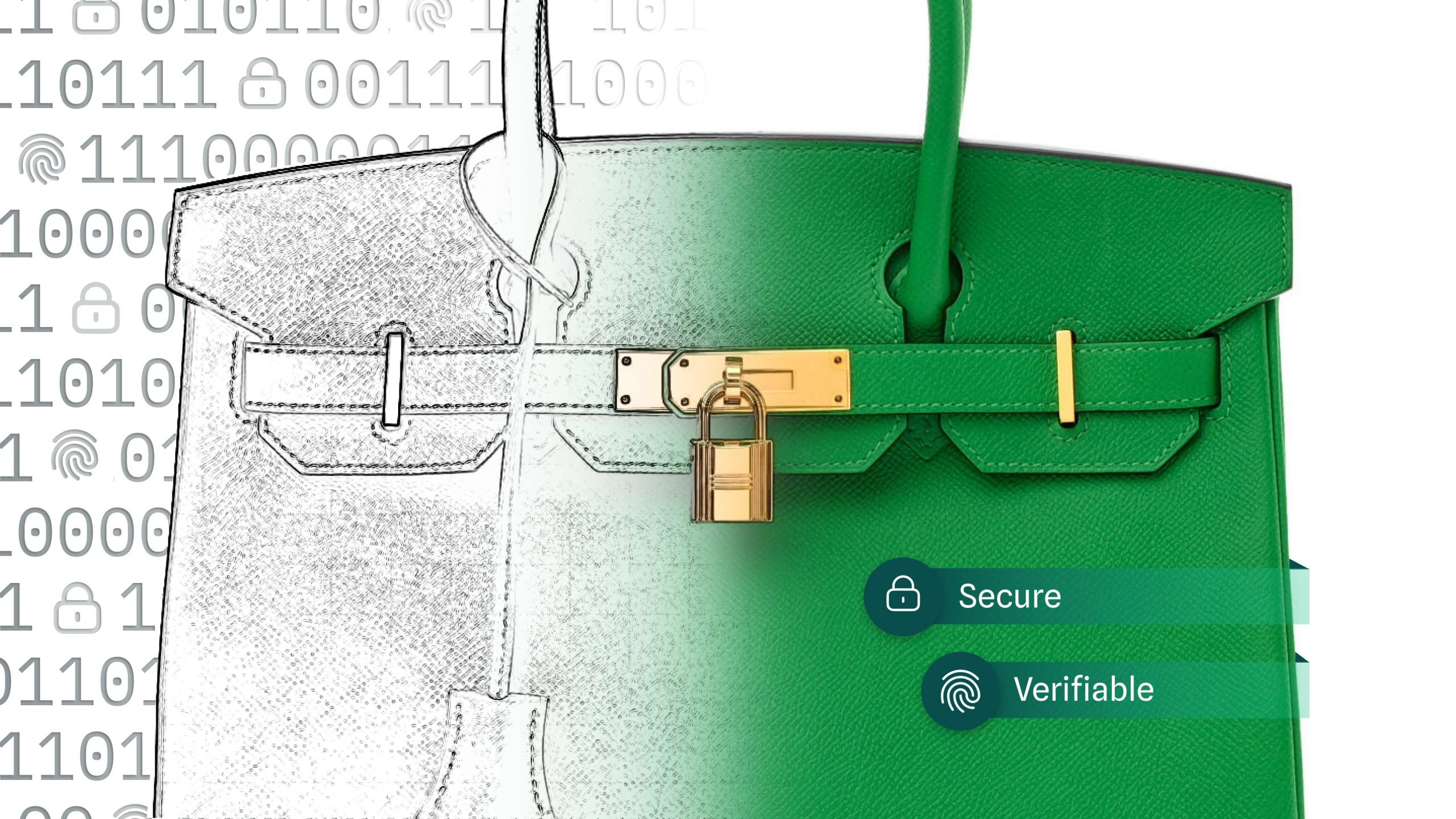Are you buying a genuine handbag from the rightful owner?
Luxury goods are more than just products; they represent a lifestyle, an aspiration, and an experience. When customers buy a Birkin bag or a Rolex, they’re not just buying the product; they’re buying a promise with an expectation of quality and exclusivity.
In an industry where organizations sell their brand promise as much as their product, counterfeiting and retail theft represent the biggest risks. It’s estimated that one out of every ten branded goods on the market today is counterfeit.
A stall selling fake Louis Vuitton bags isn’t the main problem; there’s a more systemic and sinister challenge to the industry – a thriving, multi-trillion-dollar organized crime enterprise that puts both the customer experience and a brand’s bottom line at risk.
What can brands do to protect their products, promises, and consumers? We broke down the challenges into discrete parts to understand better the issues both brands and consumers face.
The Challenges:
- Technology Over Promised and Under-deliveredThe available technology solutions offer a one-size-fits-all solution without considering a brand’s unique needs, values, and security expectations – antithetical to the luxury goods experience.Centralized, private blockchains remain an opaque solution susceptible to hacking, potential abandonment, and rug pulls, putting both the consumer and the brands at risk.
- Supply Chain Transparency: Proving Accountability MattersProving responsible business practices is no longer an option but is required in today’s market. Companies must demonstrate their commitment to ethical practices, including reducing their carbon footprint, ensuring fair labor practices, and sourcing materials responsibly.Buyers are increasingly rejecting companies and products that fail to meet these standards while being willing to pay a premium for those that do.
- Retail Theft: A Drain on ProfitOrganized luxury goods retail theft represents a substantial loss of profit for brands, with no effective mechanisms to stop it.Owners need a reliable way to verify that they are purchasing from the actual manufacturer, a certified reseller, or the real owner. This process should also provide visibility into the ownership history of the product, similar to what we see in real estate transactions.
- Hoarding and Scalping: Protecting the Consumer ExperienceUnverified resellers often exploit the demand for luxury goods, harming the consumer experience.Luxury brands aspire to sell their products to qualified buyers to prevent hoarding and after-market price manipulation, safeguarding the brand’s exclusivity and ensuring that consumers can enjoy the products as intended.
- Product Authenticity VerificationThe sale of counterfeit products poses both financial and reputational threats. Luxury brands rely on their reputation for delivering genuine, high-quality products.
All of the above have to be built on customers having the confidence that the product they purchase is authentic and meets their expectations for quality and the overall buying experience. Customers should know they’re buying a genuine product from a verified seller without complicating the process.
How does a brand move forward?
By fervently protecting the promise and magic of their products and experiences for consumers.
Brands can create a secure, verifiable, and tailored process for the sale and ownership of their goods using a combination of Digital Twin and Verifiable Credential technology.

Digital Twins: Materials, Supply Chain, and Ownership Transparency
Digital twins are a virtual representation of physical items and are key to proving authenticity and ownership. They offer a secure, transparent, and verifiable solution for luxury brands and consumers.
Digital twins leverage a public blockchain to ensure transparent and immutable ownership records. They provide a way to verify product authenticity and trace the product’s journey from manufacturer to consumer, safeguarding the brand’s reputation and empowering consumers to make informed purchasing decisions.
Verifiable Credentials: Permissioned Buying and Selling
Verifiable Credentials (VCs) are the cryptographically secured, tamper-proof counterpart of paper-based and digital credentials that individuals and organizations can present for quick, hassle-free identity verification.
A brand owner can issue a VC which may be presented to and verified by anyone. These credentials can be used as permissions or badges to access the “right to buy or sell,” “proof ownership,” or any other relevant status in the process.

What’s Next
In a follow-up piece, we will dive deep into the VC and Digital Twin technology and how we can map our Chia primitives and open-source, public blockchain technology to directly address the challenges the luxury goods brands and their consumers face today.
original source – www.chia.net/2023/09/07/are-you-buying-a-genuine-handbag-from-the-rightful-owner/
